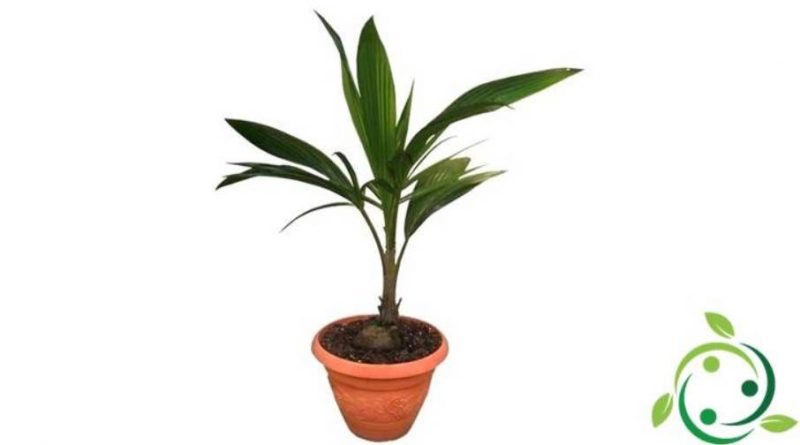How to grow coconut palm
How to grow coconut palm
The coconut palm (Cocos nucifera L., 1753) belongs to the Arecaceae family (subfamily Arecoideae, Cocoseae tribe) that grows on the coasts of warm countries; in this tab we see how to grow the coconut palm and the precautions to be taken. The coconut palm in its natural habitat can reach 40 meters in height.
In Italy the cultivation of the coconut palm is possible outside only in some southern coasts environments or as an ornamental plant to be placed in large pots to keep inside during the cold season. Elegant and exuberant varieties have been selected as houseplants. If it is grown in the apartment it must be placed in suitable pots (it can also live in small pots but we advise you to give space to the roots) in a luminous position and with good air exchange: consider that the temperature should never fall below 20 ° C ..
In the summer you can then place the plant outdoors in a shaded area (possibly from other plants) to give a good overall appearance.
The coconut palm needs to be watered frequently with even daily shift during the hot season. It is good to make nebulisations to the foliage that will grow so much healthier and more extensive. For this reason the area where the coconut palm is placed (soil or pot it is) must have an excellent drainage. If you have to grow it in the apartment, we obviously recommend a dwarf variety that is longer and more suitable for growing in pots.
Given its characteristics and size, however, the plant hardly survives for a long time and produces, at most, 5 or 6 leaves before dying. That’s why it should not seem strange to you if after a certain number of years it begins to wilt to death.
If instead you are in particularly mild coastal areas, especially the southern islands, you can think of bringing the cultivation to good end even outdoors. In this case, however, especially during the first two or three years, you will have to prepare small shelters to protect the young coconut palm from the cold winds and night frosts. After the first years it becomes more resistant and it is also possible to produce some fruits.
The most suitable soils for the cultivation of the coconut palm must be moist, mixed with sand with a base of clay.

